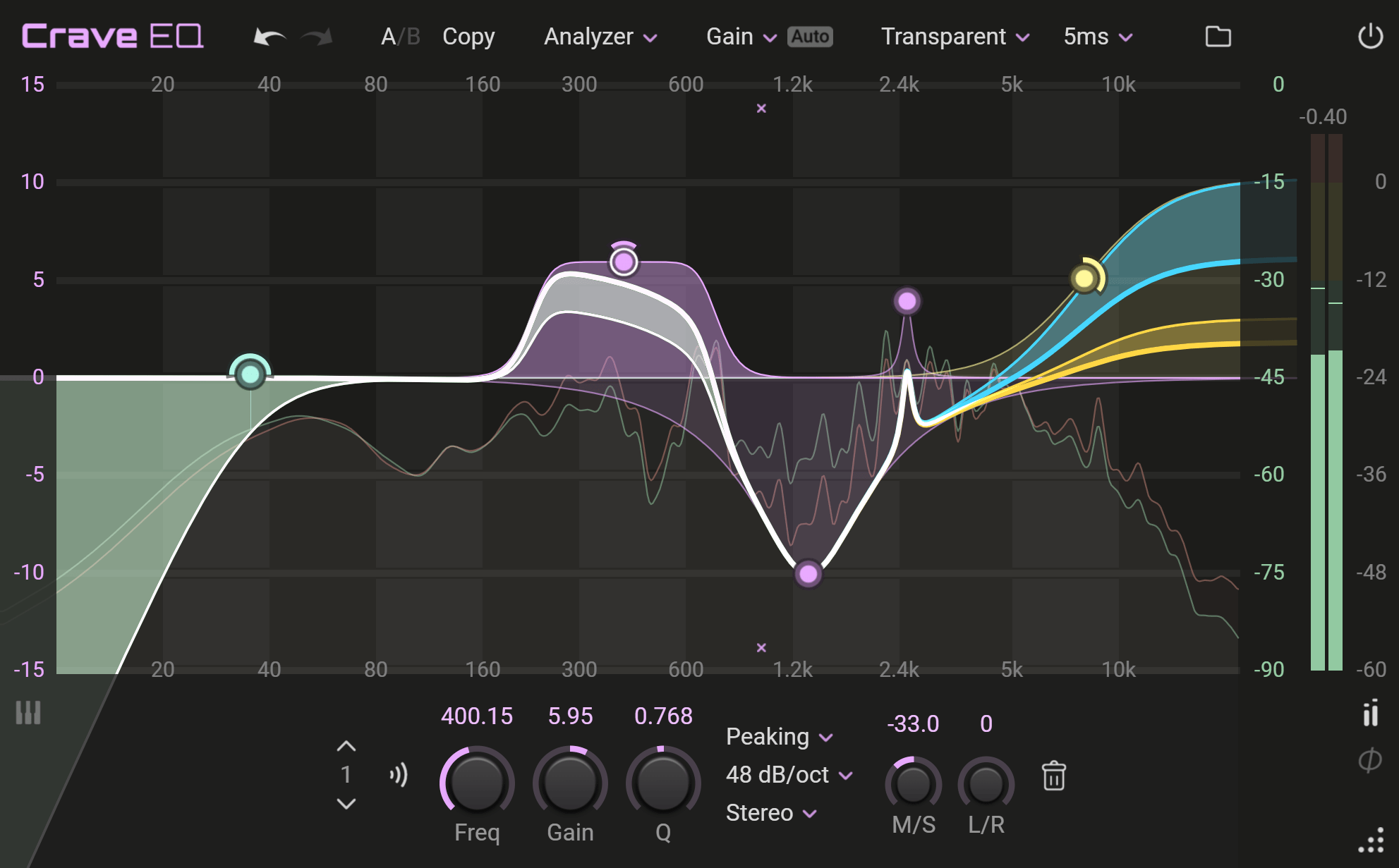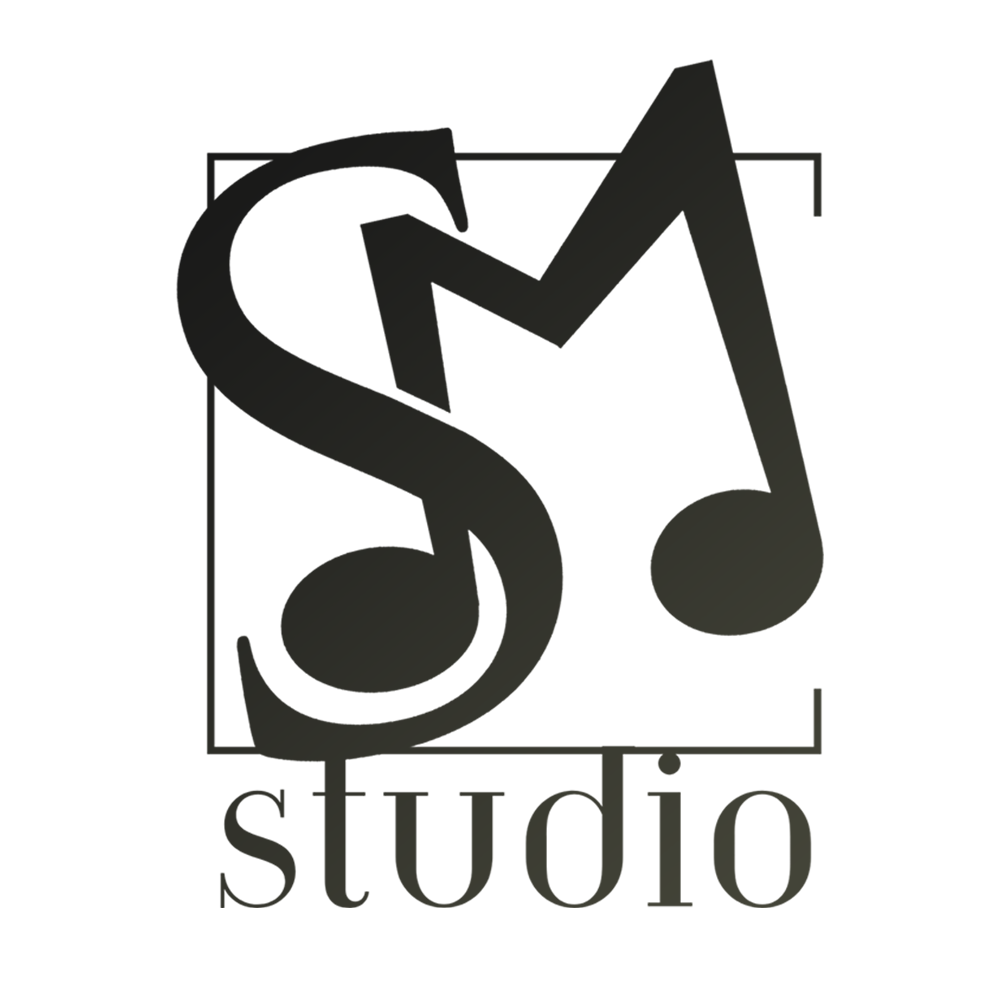
A Comprehensive Guide to Equalization (EQ)
In the vast realm of audio production, one of the most powerful tools at a sound engineer’s disposal is the equalizer, commonly known as EQ. Whether you’re a music producer, a podcast creator, or an audio enthusiast, understanding how to wield the magic of EQ is essential for crafting a professional and engaging sonic experience. In this blog post, we’ll delve into the world of equalization, exploring its fundamentals, techniques, and creative applications.
What is Equalization (EQ)?
Equalization is the process of adjusting the balance between different frequency components in an audio signal. It allows sound engineers to shape the tonal characteristics of a recording, enhancing or attenuating specific frequencies to achieve a desired sound.
The Anatomy of EQ
1. Frequency Bands:
EQ typically divides the audio spectrum into different frequency bands, including bass (low frequencies), midrange, and treble (high frequencies). Each band can be adjusted independently.
2. Gain:
The gain control allows you to boost or cut the level of a specific frequency band. Positive gain boosts the selected frequencies, while negative gain attenuates them.
3. Q Factor:
Q, or bandwidth, determines the width of the frequency range affected by the EQ adjustment. A narrow Q focuses on a specific frequency, while a wider Q affects a broader range.
Types of EQ
1. Graphic EQ:
Graphic equalizers feature a series of sliders representing specific frequency bands. They are effective for broad adjustments and are commonly found in live sound setups.
2. Parametric EQ:
Parametric equalizers offer more precision, allowing control over frequency, gain, and bandwidth. This flexibility makes them a staple in studio environments.
3. Shelving EQ:
Shelving EQs boost or cut all frequencies above or below a specified point, providing a gentle slope for a smooth tonal adjustment.
EQ Techniques and Applications
1. Corrective EQ:
Addressing unwanted resonances, eliminating frequency clashes, or compensating for deficiencies in recording environments.
2. Tonal Shaping:
Enhancing the overall balance of a mix by sculpting the frequency content of individual tracks to create clarity and definition.
3. Frequency Carving:
Carving out space in the frequency spectrum for each instrument or element, preventing overcrowding and improving overall mix clarity.
4. Creative EQ:
Using EQ to add character and unique tonal qualities, such as giving a guitar a vintage warmth or adding airiness to vocals.
The Golden Rule: Subtractive EQ
One fundamental principle of effective equalization is subtractive EQ—removing frequencies that are unnecessary or detrimental rather than constantly boosting. This approach helps maintain a clean and natural sound, preventing over-processing.
Conclusion
Equalization is a fundamental aspect of audio production that empowers creators to sculpt soundscapes with precision and creativity. Whether you’re refining a musical composition, polishing a podcast, or fine-tuning a film soundtrack, mastering the art of EQ opens up a world of sonic possibilities. So, the next time you find yourself immersed in a captivating audio experience, remember that the meticulous application of equalization may be the invisible hand shaping the very essence of what you hear.

